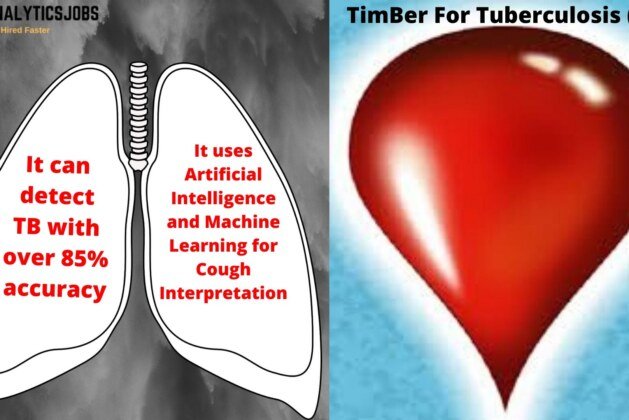Indians have a tendency of ignoring health symptoms unless it gets “serious”, and that is ironic since the nation is also home to a lot of life-threatening diseases like tuberculosis (TB). According to the World Health Organization Global Tuberculosis Report 2019, India has probably the highest number of patients suffering from tuberculosis on the globe. Around 26.9 lakh patients with the contagious disease in 2018 in India. The worse factor about TB is that it can happen anywhere to anybody, most likely to be in adults.
A primary reason why TB is very common in India is because of too late diagnosis. It was a thing Rahul Pathri, a biotechnology specialist, recognized. As somebody that had a personal practical experience with TB, Pathri had constantly worked on developing accessible and affordable healthcare solutions. An application to diagnose tuberculosis non-invasively was one such solution.
In 2016, the IIM Calcutta alumni had teamed with some like-minded people Balakrishna Bagadi, Arpita Singh and Vaishnavi Reddy and a health tech tight focused on building solutions to detect lung-based diseases. It’s established a screening mobile app TimBre that diagnoses TB in a patient by recording the patient’s sound of cough.
Existing screening procedures for TB are long and might be troublesome, taking 2 days for diagnosis. As per Preeti Kumar, Vice President, Public Health Support System, at the Public Health Foundation of India, generally when a patient shows 4 symptoms of TB, he’s suggested to take a sputum examination for sputum microscopy, that requires patients going for a deep breath as well as cough hard to spit out several sputum a thick mucus, often also known as phlegm.
“The sputum is then examined in a microscopic lab to evaluate whether it has the TB bacteria or not,” she stated, including that in this particular test, a few factors are taken into consideration, for example, making sure that the cough is of adequate quantity and tested soon so that the sputum does not dry out.
Other limitations in the test consist of difficulty in the collection of samples if the patient does not have a productive cough and the inability of an elderly person or kids in providing sputum.
If the patient shows the signs, private physicians frequently suggest X-ray of chest for diagnosis, that is not the suggested strategy, she stated.
TimBre can achieve an accuracy of up to 85% Pathri claimed. It uses AI and Ml to make the cough interpretation
TimBre was precisely conceived to surpass these complexities. It takes a healthcare practitioner or a healthcare worker to capture the cough of a patient making use of a microphone array and along with several clinical data like demographic details, pre-existing health conditions, sleep & cough patterns, etc. Thereafter, using machine learning, the recording is prepared in real-time to anticipate whether it’s TB +ive or -ive.
Docturnal’s staff had trained its machine learning algorithm by gathering the data of about 7000 infected coughs to come up with the interpretation.
Once the patient is detected TB +ive, the patient will be referred to healthcare experts, diagnostic centers and partner physicians.
It’s a disruptive feature and its simplicity in style using a microphone, enables it to be quickly deployed in the community and in the households. Additionally, the outcomes are almost immediately available. An additional advantage is the fact that if any person is found +ive on screening, the other members in the home could additionally be screened simultaneously.



